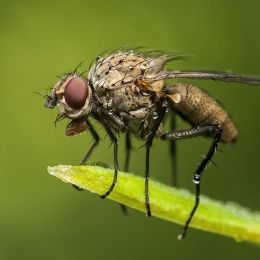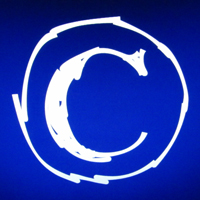- photo contests ▼
- photoshop contests ▼
- Tutorials ▼
- Social ▼Contact options
- Stats ▼Results and stats
- More ▼
- Help ▼Help and rules
- Login
Similar Photography Tutorials:
Photo Editing - Multiple Lessons - Photography Tutorial
Understanding RAW Files: Why Should You Use RAW? - Photography Tutorial

The RAW file format is digital photography's equivalent of a negative in film photography: it contains untouched, "raw" pixel information straight from the digital camera's sensor. The RAW file format has yet to undergo demosaicing, and so it contains just one red, green, or blue value at each pixel location. Digital cameras normally "develop" this RAW file by converting it into a full color JPEG or TIFF image file, and then store the converted file in your memory card. Digital cameras have to make several interpretive decisions when they develop a RAW file, and so the RAW file format offers you more control over how the final JPEG or TIFF image is generated. This section aims to illustrate the technical advantages of RAW files, and makes suggestions about when to use the RAW file format.
submitted: 5 years and 3925 days ago
Understanding Image Noise - Photography Tutorial

"Image noise" is the digital equivalent of film grain for analogue cameras. Alternatively, one can think of it as analogous to the subtle background hiss you may hear from your audio system at full volume. For digital images, this noise appears as random speckles on an otherwise smooth surface and can significantly degrade image quality.
submitted: 5 years and 3925 days ago
Understanding Image Posterization - Photography Tutorial

Posterization occurs when an image's apparent bit depth has been decreased so much that it has a visual impact. The term posterization is used because it can influence your photo similar to how the colors may look in a mass-produced poster, where the print process uses a limited number of color inks. This effect ranges from subtle to quite pronounced, although one's tolerance for posterization may vary.
submitted: 5 years and 3925 days ago







